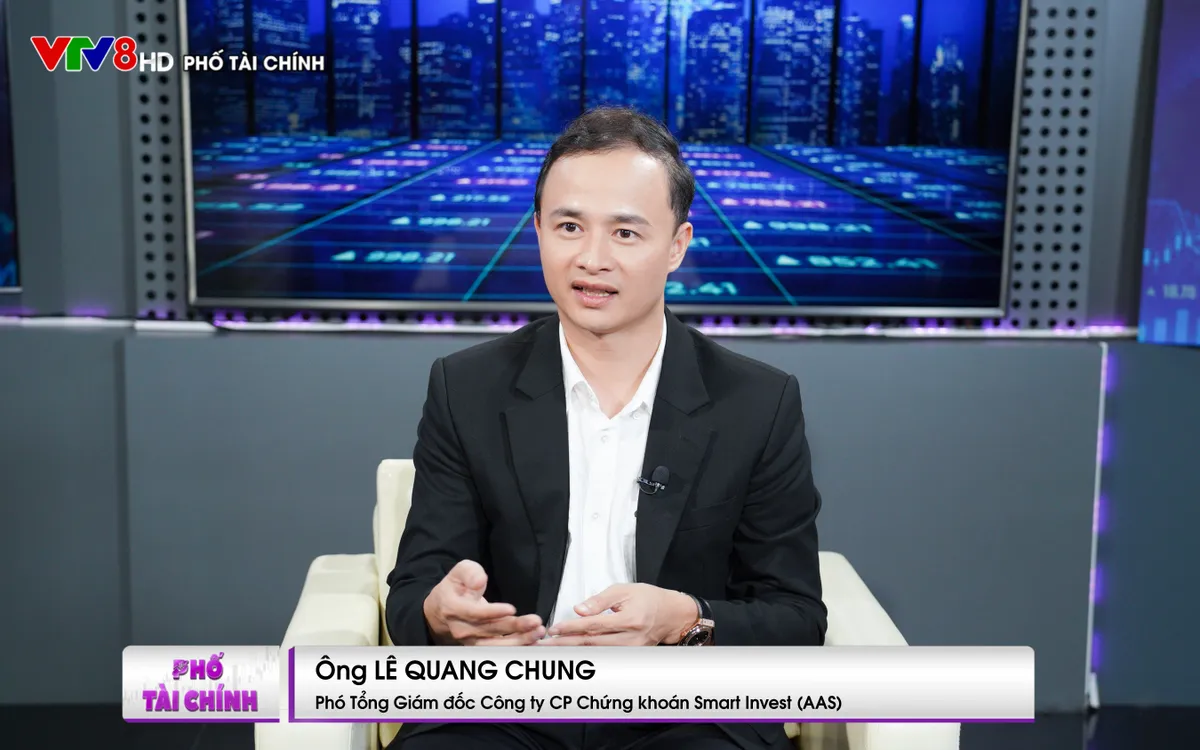
Foreign investors still net sold more than 12,000 billion VND after upgrading
In the context of the international economy having favorable factors such as the tariff situation has become clearer, the US Federal Reserve is also on the trend of gradually reducing interest rates and domestically, the stock market has been upgraded by FTSE to a secondary emerging market... these factors have brought many expectations that global cash flow will flow into Vietnam more strongly in the coming time. The State Securities Commission also said that there are currently many funds worth hundreds of billions to thousands of billions of USD interested in the Vietnamese stock market, as well as looking for investment opportunities in Vietnam. However, currently in the stock market, foreign investors are still selling strongly, making many investors wonder why foreign capital has not yet entered the Vietnamese stock market?
Discussing this issue in the Finance Street Talk Show on VTV8 , Mr. Le Quang Chung, Deputy General Director of Smart Invest Securities Joint Stock Company (AAS), said that the approval of the Vietnamese stock market to be upgraded to a secondary emerging market by FTSE Russell on October 8, 2025, has opened up many expectations for foreign capital flows. However, by the end of October 2025, foreign investors continued to net sell, with a net selling value of more than VND 4,900 billion in just the week of October 20-24 and a total of more than VND 12,000 billion since the upgrade information was announced. This comes from a number of main reasons, a combination of global and internal market factors.
Firstly, interest rates in the US remain high, so capital has not left the country. In the Fed meeting on October 29, 2025, the interest rate was officially reduced by another 0.25% - 0.5% (for the second time this year), bringing the federal funds rate to around 3.5% - 4.00%, but overall it is still higher than that of emerging economies like Vietnam. The interest rate gap between VND and USD is narrowing, causing foreign investors to maintain a defensive mentality, prioritizing keeping capital in the US to benefit from stable Treasury bond yields. Global capital flows have not shown signs of "leaving the US" strongly, because US inflation is still under control, but the world's No. 1 economy still needs time to "cool down" after lower-than-expected employment and inflation reports.
Second, the phenomenon of profit-taking after the increase of VN-Index and portfolio restructuring. In fact, VN-Index has increased sharply to the 1,600-1,700 point range in the third quarter of 2025, thanks to the information about upgrading and positive economic growth. Many foreign investors chose to take profits in blue-chip groups such as banks and real estate, and at the same time restructure their portfolios to prepare for the transition period after upgrading. This led to strong net selling in many stocks that increased sharply such as securities and banks...
Finally , the upgrade still needs to wait for a review in March 2026 because the upgrade is only a "preliminary approval", effective from September 21, 2026 and FTSE will review in detail in March 2026. Investment funds cannot allocate immediately, leading to a "waiting" situation and temporary net selling from marginal funds. This is a transitional period, and net selling may gradually narrow as the Fed continues to loosen monetary policy.
Global capital flows are strongly diverging.
According to Mr. Le Quang Chung, global capital flows in 2025 are strongly differentiated, with total investment in risky assets decreasing slightly due to geopolitical instability and prolonged high interest rates, but some channels still attract capital thanks to the need for shelter and digital growth. According to reports, total capital flows into intangible assets (such as technology and digital assets) account for nearly 14% of total global investment in 2024-2025, reflecting the trend of shifting from traditional assets to digital.
In addition, capital flows are still "anchored" strongly in the US (about 60% of passive capital flows), thanks to the attraction of Big Tech and high bond yields, despite the Fed's interest rate cuts (the US Monetary Fund has attracted 7.5 trillion USD - up from 3.000 billion USD a few years ago since US government bond yields rose). The Black Rock fund alone has managed total assets exceeding 13.000 billion USD, a record high for a fund).
Europe (like Germany, France) attracts capital from green funds and renewable energy, due to the EU Green Deal policy and stable inflation. Meanwhile, emerging Asia (India, Indonesia) is emerging with high GDP growth (6-7%), but Vietnam only accounts for a small proportion (about 0.3 - 0.6% in large funds like Vanguard) because the upgrade roadmap is not yet complete. These countries have rapid reforms, young populations and diversified supply chains away from China.
Some of the asset classes that have been favored by global investors in recent times are digital and crypto assets, which have grown strongly, with global capital flows exceeding $200 billion into crypto and tokenized real assets (such as digital real estate), thanks to high liquidity and 55% year-on-year returns. The next most popular are gold and cash.
Gold prices have risen to $2,700/ounce as a hedge against inflation, or many funds keep 20%-30% cash to wait for opportunities due to geopolitical uncertainties. Other popular channels are industrial real estate and technology stocks. Overall, capital flows are inclined towards "safety combined with growth", with the US and Asia as the center, so capital flows in the Vietnamese stock market are still facing great competition.
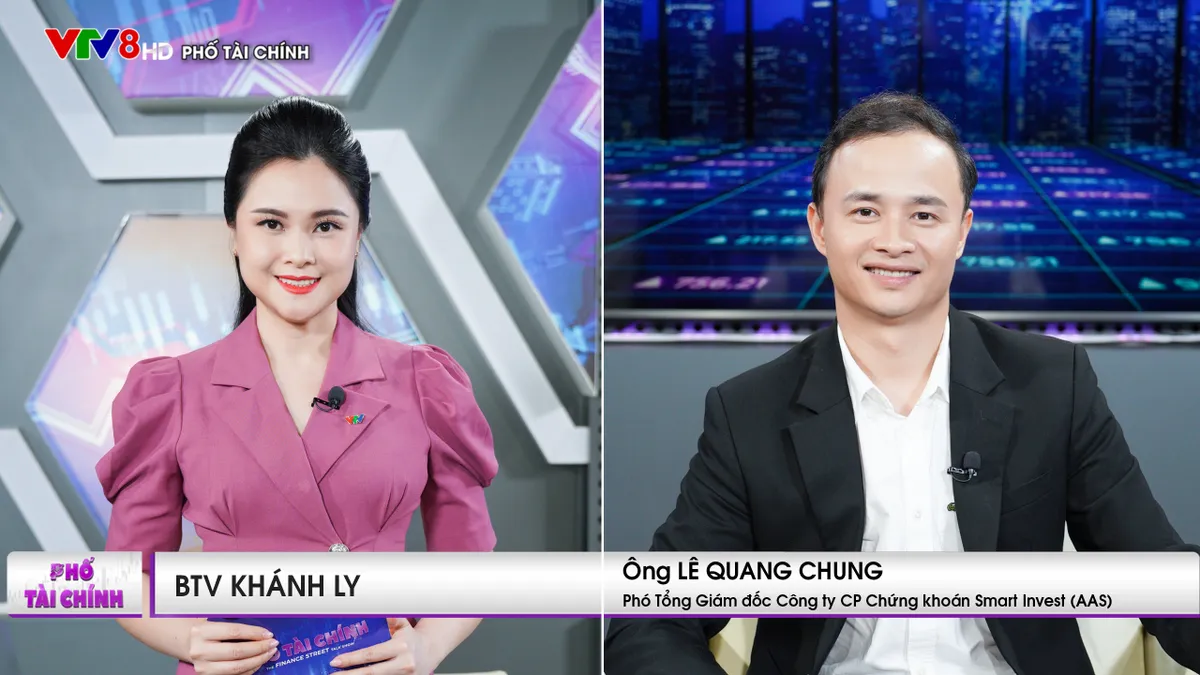
Mr. Le Quang Chung talks with Editor Khanh Ly at the Financial Street Talk show.
Roadmap of foreign money flow into Vietnam's stock market
Forecasting cash flow into the Vietnamese stock market in the coming time, Mr. Le Quang Chung commented that the Vietnamese economy is in an attractive position with GDP forecast to increase by 8% in 2025 (scale of ~510 billion USD) and the target of increasing by 10% in 2026, thanks to strong public investment and export recovery. This is enough to attract foreign capital, especially after the upgrade, although currently large funds (such as Vanguard, BlackRock) are only interested in the preliminary and waiting for the official effect in September 2026 to allocate (rate of ~0.6-1% of the portfolio).
Therefore, in the short term (from late 2025 to early 2026), foreign capital is expected to stop net selling and may return to net buying thanks to positive domestic information and the Fed easing monetary policy. However, during this time, domestic capital will still lead, with liquidity of 1-2 billion USD/session.
"In the long term (2026 onwards), it is forecasted that there will be a big "wave", with a total foreign capital flow estimated at 3-5 billion USD from FTSE and MSCI (if meeting the requirements of this organization), plus 1.5-2 billion USD/session from active funds. Therefore, the World Bank forecasts that the cash flow into the Vietnamese market could reach 5-7 billion USD, so the VN-Index could increase to 1,800-2,200 points. Vietnam is forecast to be a "rising star" with low P/E (12 times in 2026), along with high growth and deep integration (CPTPP, EVFTA)", Mr. Le Quang Chung commented.
According to Mr. Le Quang Chung, if we talk in detail, we can divide the main event stages of expected foreign capital flows. From now until March 2026, Vietnam is on FTSE's "Expected Upgrade" list. Active capital flows observe and buy selectively; Frontier blocks begin to restructure their portfolios. From March 2026, FTSE will review and officially announce the upgrade to "Emerging Secondary", at which time a part of the fund for frontier markets must be sold, while the fund for emerging markets begins to buy, the circulation scale can be 1-1.5 billion USD. From September 2026 to 2027, Vietnam will be officially added to the Emerging Index basket. ETF and active fund cash flows will increase sharply, total foreign capital can be 4-6 billion USD depending on market size and liquidity.
What do market members need to prepare for the upcoming capital flow?
With the economy forecast to grow by 8% in 2025 and 10% in 2026 (GDP per capita ~5,400 USD), plus upgrading and boosting public investment, the Vietnamese stock market is forecast to break out, VN-Index can reach 1,800 points by the end of 2026 (up about 15%), even surpassing 2,000 points if MSCI follows. The market will circulate diversified cash flow through banking, real estate, technology groups, liquidity can jump to 2-3 billion USD/session, P/E at a reasonable level of 12-14 times.
According to Mr. Le Quang Chung, to welcome this capital flow, from the management agency to the market members, it is necessary to continue to improve to meet the increasing needs of the market. For the management agency, it will be necessary to continue to improve the legal framework, especially T+0 payment, short selling, options contracts, new index sets, odd-lot transactions, foreign room also needs to be more flexible, the mechanisms for opening accounts for foreign investors need to be simpler. Or the Stock Exchanges and VSDC need to continue to upgrade the system to meet large-volume transactions, integrate international standards and develop new financial products such as domestic ETFs, covered warrants, digital asset management, etc.
"With market members like We are also continuing AAS "Upgrading the technology platform, applying AI in investment consulting, automated trading, and increasing capital and transferring floors to meet investors' trading needs, as well as developing increasingly powerful financial solutions. In addition, we also strengthen knowledge training for investors and expand the international customer network, preparing to welcome foreign capital into the Vietnamese market," said Mr. Le Quang Chung.
Source: https://vtv.vn/thi-truong-trong-nuoc-van-la-be-do-cua-chung-khoan-viet-nam-10025110410592136.htm




![[Photo] Opening of the 14th Conference of the 13th Party Central Committee](https://vphoto.vietnam.vn/thumb/1200x675/vietnam/resource/IMAGE/2025/11/05/1762310995216_a5-bnd-5742-5255-jpg.webp)









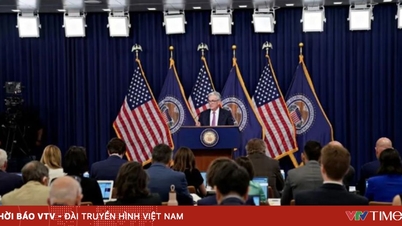
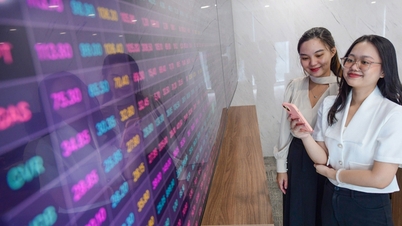

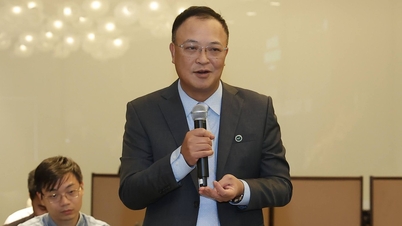






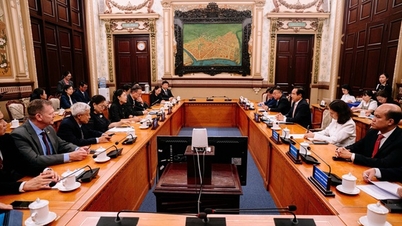






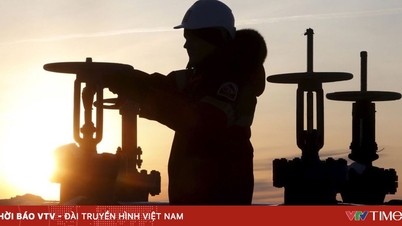



![[Photo] Panorama of the Patriotic Emulation Congress of Nhan Dan Newspaper for the period 2025-2030](https://vphoto.vietnam.vn/thumb/1200x675/vietnam/resource/IMAGE/2025/11/04/1762252775462_ndo_br_dhthiduayeuncbaond-6125-jpg.webp)




















































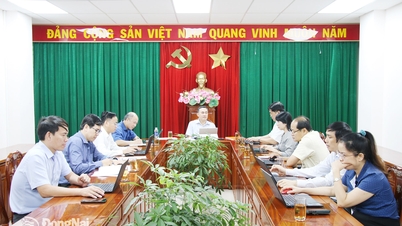

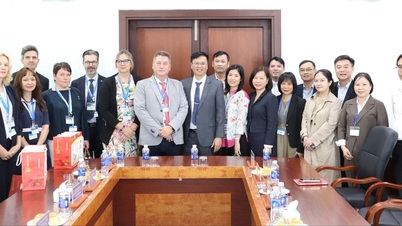







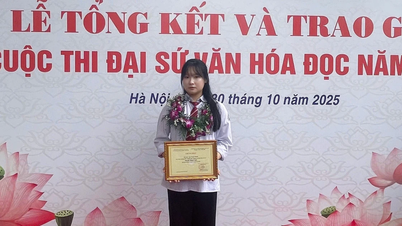












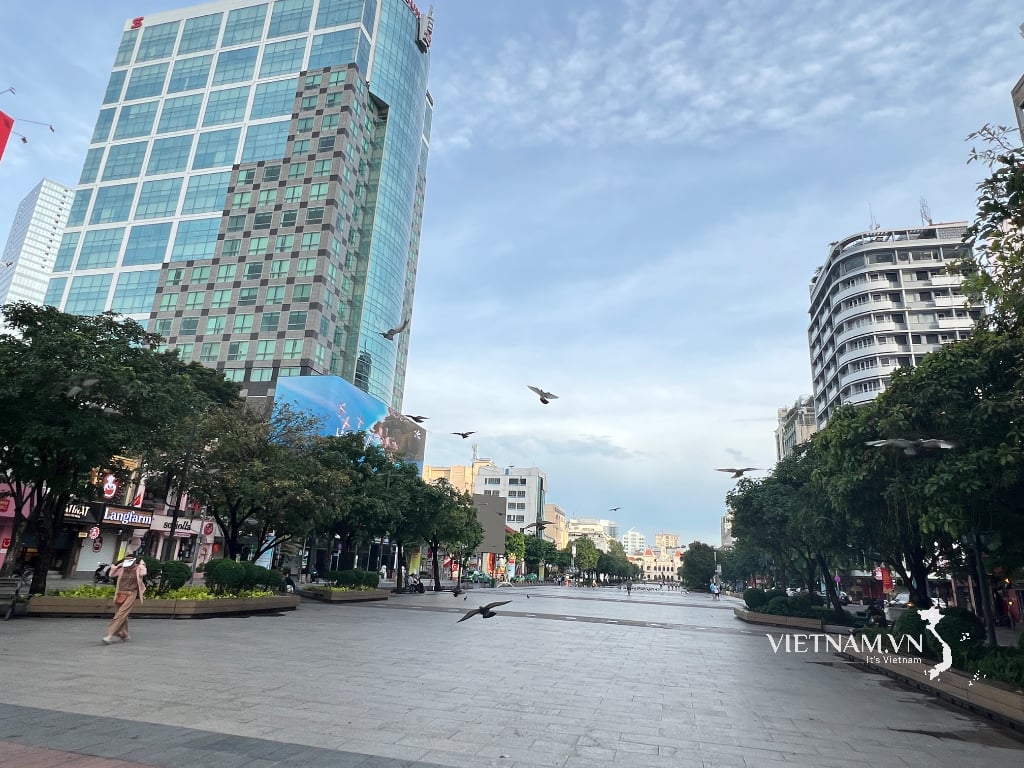


Comment (0)